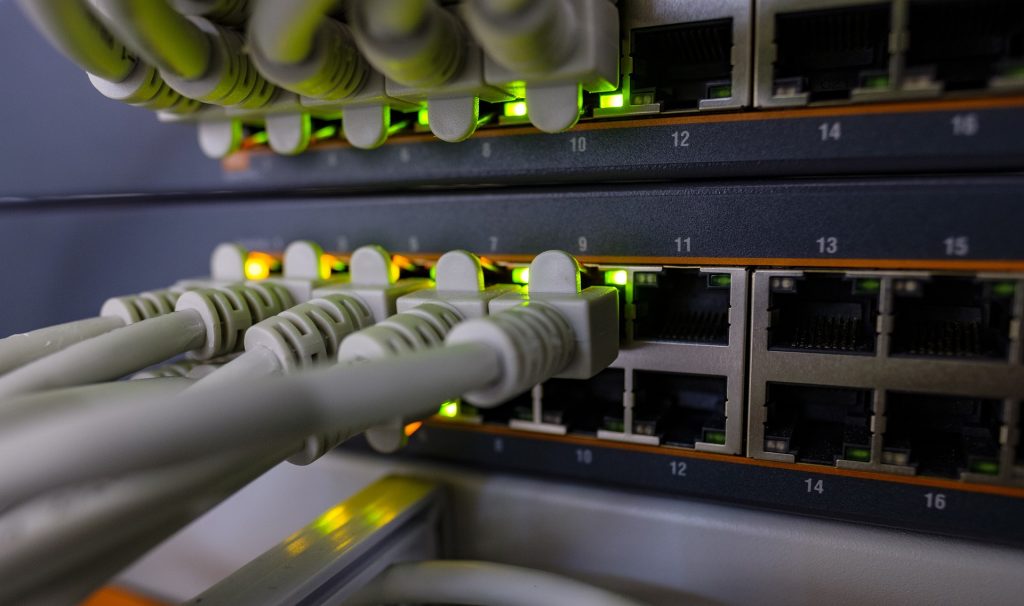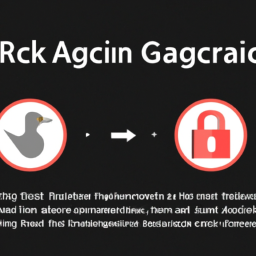
Network scanning is a process used by ethical hackers to identify active hosts and services on a particular network. It provides a comprehensive overview of the system infrastructure, allowing security experts to identify potential vulnerabilities and security weaknesses. In this article, we take a look at the top 5 network scanning tools used by ethical hackers and some best practices for network scanning.
1. Understanding Network Scanning
Network scanning is a method used to recognize devices and services connected to a given network. It provides an overview of the network configuration, allowing the ethical hacker to identify potential network threats and vulnerabilities. Network scanning typically uses port scanning and system banner grabbing to map out the network and gather useful information. It can also be used to find open ports and services, as well as any malicious activity.
2. Benefits of Network Scanning
The main benefit of network scanning is its ability to provide a comprehensive overview of the system infrastructure. This allows ethical hackers to identify potential security risks and vulnerabilities, as well as any malicious activity. It also helps to ensure that the network is secure and operates efficiently. Furthermore, network scanning can be used to identify any unpatched systems or insecure protocols, as well as to detect any suspicious activity.
3. Top 5 Network Scanning Tools
There are many network scanning tools available, but here are the top 5:
-
Nmap: Nmap is an open source network scanning tool used to scan networks and hosts. It can be used to find open ports, services, and vulnerabilities on a network, as well as to detect malicious activity.
-
Wireshark: Wireshark is a popular network protocol analyzer used to monitor and analyze network traffic. It can be used to identify potential security threats, as well as any potential malicious activity.
-
Nessus: Nessus is a commercial vulnerability scanner used to identify and detect security risks, as well as to find any open ports or services.
-
Metasploit: Metasploit is an open source exploitation framework used to identify, exploit, and validate system vulnerabilities.
-
Burp Suite: Burp Suite is a popular web application security testing tool used to identify and exploit web application security vulnerabilities.
4. Best Practices for Network Scanning
When it comes to network scanning, there are several best practices to follow to ensure the security of the system.
-
Be sure to only scan networks that you are permitted to scan. Unauthorized scanning can lead to serious legal consequences.
-
Always run scans through a secure connection to avoid exposing the results of the scan to malicious individuals.
-
Make sure to have the latest version of the network scanning tool installed.
-
Run scans at regular intervals to ensure the system is secure and up-to-date.
-
Make sure to run scans in a production environment in order to accurately pinpoint any potential vulnerabilities or threats.
-
Use automated scanning tools to simplify the process and save time.
-
Always review the results of the scan carefully and address any potential issues immediately.
Network scanning is an essential process for any ethical hacker. It provides a comprehensive overview of the system infrastructure, allowing security experts to identify potential vulnerabilities and security weaknesses. The top 5 network scanning tools used by ethical hackers are Nmap, Wireshark, Nessus, Metasploit, and Burp Suite. It is important to follow best practices for network scanning to ensure the security of the system, including only scanning permitted networks, running scans through secure connections, and reviewing the results of the scan carefully.


